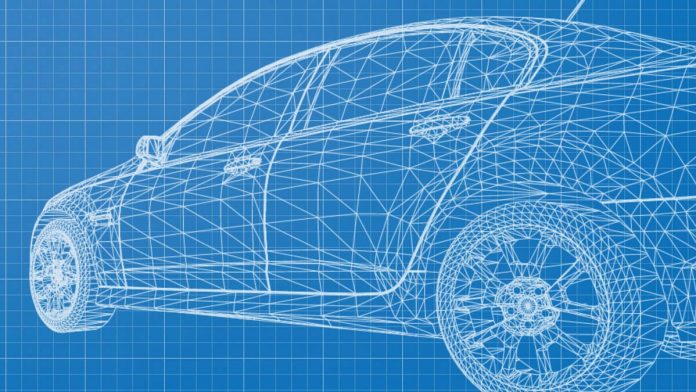Intellectual property (IP) laws are crucial in shaping the automotive industry, particularly design trends. IP laws, which include patents, trademarks, copyrights, and industrial designs, safeguard and promote innovations, creativity, and competition.
As a result, manufacturers invest vast resources in research and development to create cutting-edge designs and state-of-the-art technologies.
This article delves into how IP laws continue to define automotive design trends in Canada.
Applicable IPs for the Automotive Design Industry
Different industries will have IPs that are most applicable to them, as does the automotive industry. Regarding designs for the automotive industry, two IPs – copyright and design patents stand out.
Copyright Application in Automotive Design
Copyright protections apply to creative works such as drawings, sketches, music, pictures, and literature. In the automotive design context, copyright protection can apply to original drawings, sketches, and other design documents created during the design process.
Besides sketches and design plans, copyright protections can also cover other aspects of a car’s design, such as the logo, graphics, and other visual elements. Copyright protection lasts for the entire life of the creator and years after they are dead, and they apply by default. However, it is still important to register your rights for ease of rights enforcement.
Design Patent Application in Automotive Design
As the name suggests, design patents are the most applicable IP laws for the automotive design industry. Design patent protections cover a product’s visual or aesthetic parts, such as shape, texture, ornamentation, and colors.
Elements of a car that can be protected under industrial design include the car’s exterior, such as overall shape, headlights, tail lights, etc. Design patents are also applicable for interior design, grille design, wheels and rims, and any other aesthetic aspects of a car.
In Canada, design patents are protected under the industrial design act and are referred to as industrial design rights. The first step in securing industrial design ownership in Canada is establishing that your designs meet the eligibility criteria, including originality, and are not disclosed before the date of applying for registration. Also, the design has to be entirely nonfunctional in its purpose.
If a design passes the eligibility criteria, the applicant receives a certificate of registration from CIPO, which offers protection for 15 years from the date of applying for registration.
Ways in Which IP Laws Have Influenced Trends
Safeguarding Creators’ Creations
Race to be the best in the trade ends up having some auto designers at the top of the market, which is the hope of every business person in the automotive industry. Better designs mean more attention from the market and ultimately increased profits.
Unfortunately, it is not only the customers that are attracted to great designs; copycats also are, and that is where IP laws come into play. IP laws, as applied in the automotive industry, are designed to protect the creative works of automotive designers.
The laws achieve this by giving designers exclusive rights to their IPs and the power to sue infringers for violating those rights. That way, the creator’s resources invested in creation, such as time and money, are safeguarded.
Incentivizing Creativity and Collaboration
IP laws don’t only protect creations but also contribute to the industry’s evolution by encouraging innovation. By ensuring designers have exclusive rights to their inventions, designers and manufacturers have the assurance that their efforts will not be easily replicated. As a result, creators can recoup their investments when their IP rights are enforceable, which incentivizes more creativity.
Additionally, IP laws facilitate collaboration between manufacturers and suppliers through licensing agreements. Automotive companies often rely on external partnerships to access specialized knowledge, resources, and technology. The secure framework provided by IP laws enables manufacturers to share their innovations without fearing the loss of exclusive rights, facilitating cooperation for more advanced vehicles and designs.









